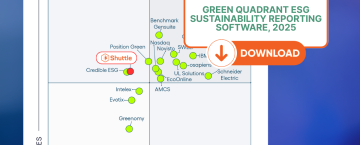Understanding consolidation perimeters, CbCR and Pillar 2: a practical guide
The three perimeters explained
1. Scope of consolidation
- An entity is included if it is directly or indirectly controlled by the parent entity.
- Materiality* is a key factor: only entities deemed “material” by the parent company are taken into account.
*Definition of materiality : Under IFRS, materiality materiality refers to the materiality of an item of information or an entity in the financial statements. Information is deemed “material” if its omission or misrepresentation could influence the economic decisions of users of the financial statements.
Applied to consolidated entities, this means that only entities with a significant significant impact on the consolidated financial statements are included in the scope of consolidation.
Criteria for judging materiality : Criteria for assessing materiality generally include:
– The size of the assets, sales or net income of the entity in question in relation to the group as a whole.
– The entity’s strategic importance for the Group’s activities (e.g. key entities for strategic or operational development).
– Regulatory or legal requirements that could impose the inclusion of certain entities, even if they are not “material” in financial terms.
2. CbCR perimeter
- All controlled entities, including non-material ones, must be included.
- Transitional Safe Harbor measures apply only to entities within the CbCR perimeter.
3. Pillar 2 perimeter
- Non-controlled entities in which the parent company owns 50% or more, known as Joint Ventures.
- Investment entities as defined in IFRS 10.
A 3-step methodology for managing your perimeters
- Start with the scope of consolidation: Draw up an exhaustive inventory of all entities, even those not controlled.
- Extend your analysis to include all controlled entities, regardless of materiality.
- Finalize with Pillar 2 perimeter Add Joint Ventures and investment entities.
Keys to avoiding mistakes
- Don’t overlook non-controlled entities: Even if they are not consolidated, they may be essential for Pillar 2.
- Treat permanent establishments as separate entities: This ensures compliant management in the CbCR and GloBE rules.
- Clearly identify investment entities: they are subject to specific calculations in the GloBE rules.
Watch the video to understand everything
Conclusion
🎥 Watch the full replay of our web series.


